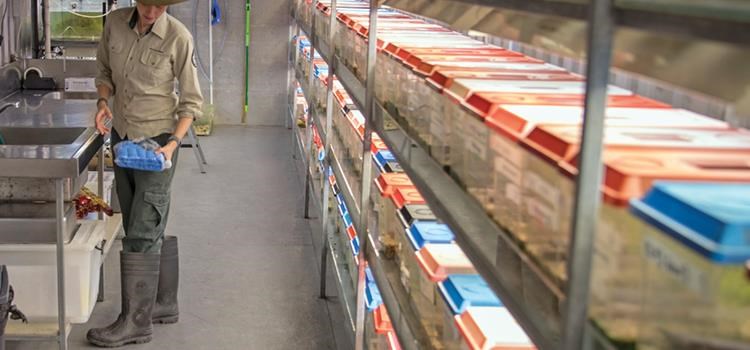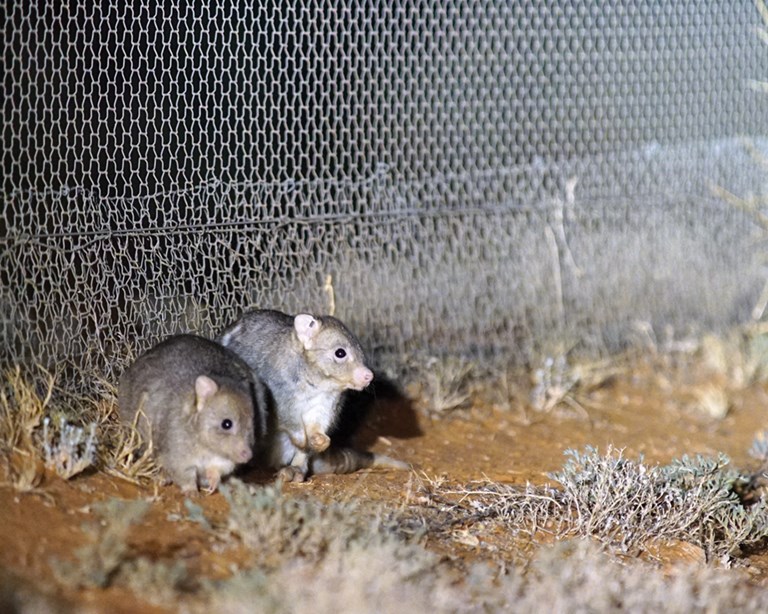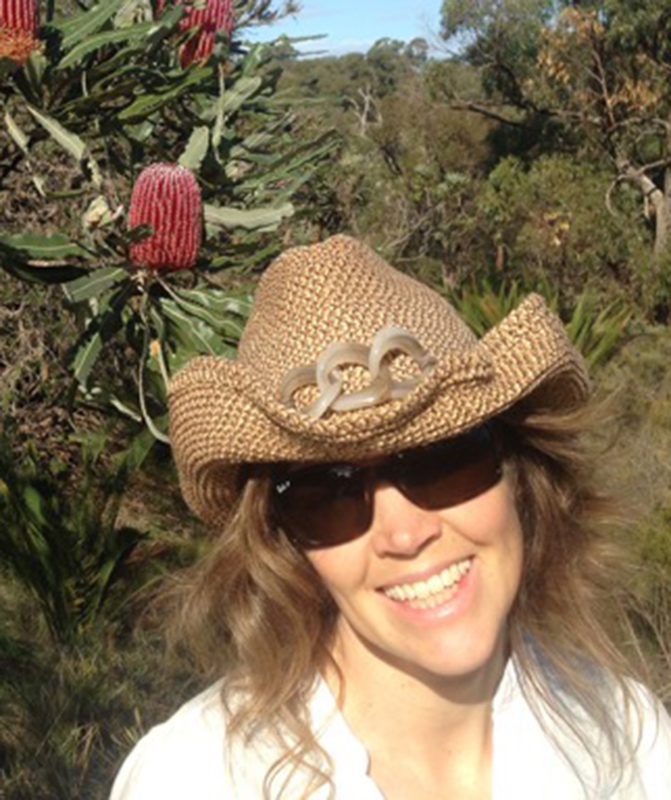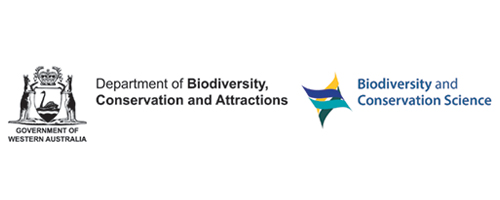
Project: 4.1.5
A decision tool for evaluating whether ex situ management is appropriate for a threatened species
Project Leaders: Tracy Rout , Eve McDonald-Madden , Nicola Mitchell
Research in Brief
Ex situ management (e.g., captive breeding) can be used to increase the viability of a species in the wild by supplementing or creating wild populations.
Ex situ management can mean a expensive long-term commitment, with an uncertain chance of success. Sourcing individuals from the wild to start an ex situ program can impact wild populations. For these reasons it is often difficult to assess whether starting an ex situ program is the best way to increase the long-term viability of a species in the wild.
This research project will create an accessible decision tool to aid decision-making and planning for ex situ management of threatened species. Boodies at Arid Recovery, a fox- and cat-free haven in arid South Australia. Boodies are now found in seven havens, and are extinct outside the haven network. Photo: Hugh McGregor / Arid Recovery
Boodies at Arid Recovery, a fox- and cat-free haven in arid South Australia. Boodies are now found in seven havens, and are extinct outside the haven network. Photo: Hugh McGregor / Arid Recovery
Why is the research needed?
Ex situ management actions, such as captive breeding, involve keeping individuals in artificial conditions under different selection pressures than those in natural habitat. Ex situ actions can increase the long-term viability of a species in the wild by supplementing existing wild populations or by creating new wild populations.
To successfully achieve this aim of improving the conservation of a species, a long-term commitment to ex situ management is often necessary, which involves a large financial investment and considerable commitment of expertise and infrastructure. Success is not guaranteed - it can be difficult to breed animals in captivity, animals can lose adaptive behaviours that help them survive in the wild, and both animals and plants can lose genetic persity and important adaptive traits. Also, removing indviduals from the wild to start an ex situ management program can decrease wild population viability in the short-term.
However, ex situ actions have successfully brought species back from the brink before, and can seem like the only option to save a species that is rapidly declining. Given the high costs, large risks, and uncertainty involved, any decision to undertake ex situ management should be carefully considered and planned to enable resources to be used efficiently and effectively.
How can the research help?
This project will produce an accessible decision tool for assessing whether the benefits of a proposed ex situ plan are worth the risks, in terms of the long-term viability of a species in the wild. The tool can be used by indviduals or in a group workshop setting.
It will guide the user through questions to define a proposed ex situ management plan, followed by a decision tree to evaluate whether the benefits of the management plan are worth the risks. We intend the tool to be suitable for recovery and conservation planning for both animal and plant species.
Providing an accessible means for conducting a decision analysis will:
- Allow evidenced-based decisions that take into account the best available information, while identifying important information gaps
- Increase transparency around decision-making, which can improve stakeholder relationships
- Facilitate detailed planning and foresight of ex situ management actions, which will improve the success rate of actions undertaken.
Overall, enabling better decision-making will allow managers to achieve better conservation outcomes for threatened species.
What research activities are being undertaken?
The decision tool will be developed in consultation with project partners, and tested through application to several case study species, such as the dibbler (Parantechinus apicalis).
Who is involved?
This project is being led by researchers from The University of Queensland and the University of Western Australia, in partnership with staff from the Australian Government Department of Environment and Energy and the Western Australian Department of Biopersity, Conservation, and Attractions.
Where is the research happening?
This research will create a useful tool for conservation management nationally.
When is the research happening?
This project will run until mid 2021.
Further information
For more information please contact:
Tracy Rout - t.rout2@uq.edu.au
Top image: Inside the ACT Government’s captive breeding facility for northern corroboree frogs. Photo: Peter Taylor





